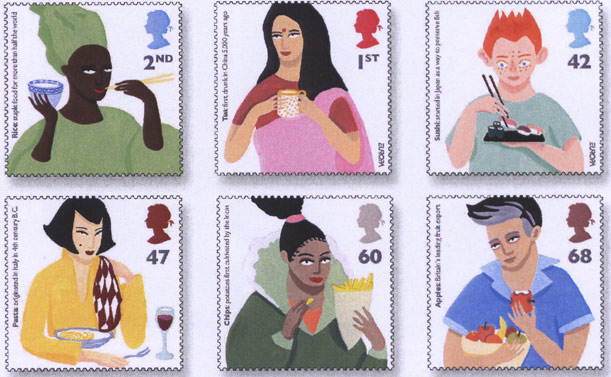Twitter is a relatively new phenomenon to hit the internet but since its inception in 2006, the social media outlet has changed how people communicate.
The real-time social media site is used by many businesses as a way to communicate with customers. With around 140 million users, these businesses can access a wide range of people with just the click of a button. As John Jantsch, the Duct Tape marketing founder said, “(1) I get great insight when I ask questions, (2) let’s face it, I get traffic and (3) people on Twitter spread my thoughts to new places.”
With the ability to reach millions of people, businesses who use Twitter can update their followers instantly. Especially with high profile celebrities “tweeting” as well, businesses can gain a huge advantage just by being involved in their Twitter account.
It is important to note though, the possible problems that may arise from poor Twitter etiquette. Because people are always watching, one wrong move could mean bad press for companies. One bad tweet–like Kitchen Aid’s tweet about President Obama’s grandmother–could ruin a companies image, even if the tweet is deleted in a matter of seconds.
What makes Twitter so special then, is not only its ability to communicate with millions, but also its ability to make a company or brand feel more human. No longer are brands lifeless entities seen in commercials–Twitter gives them a voice they never had.




